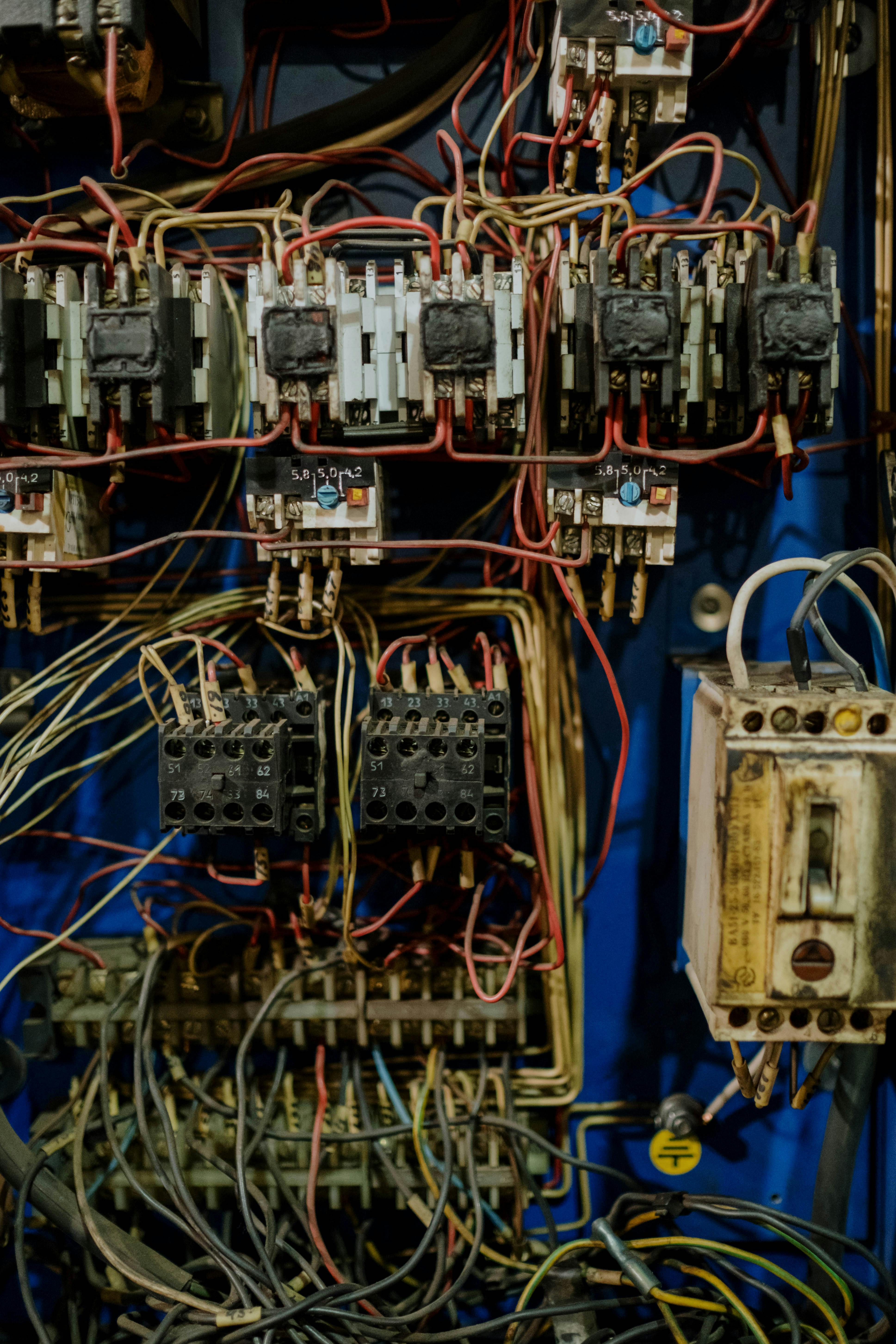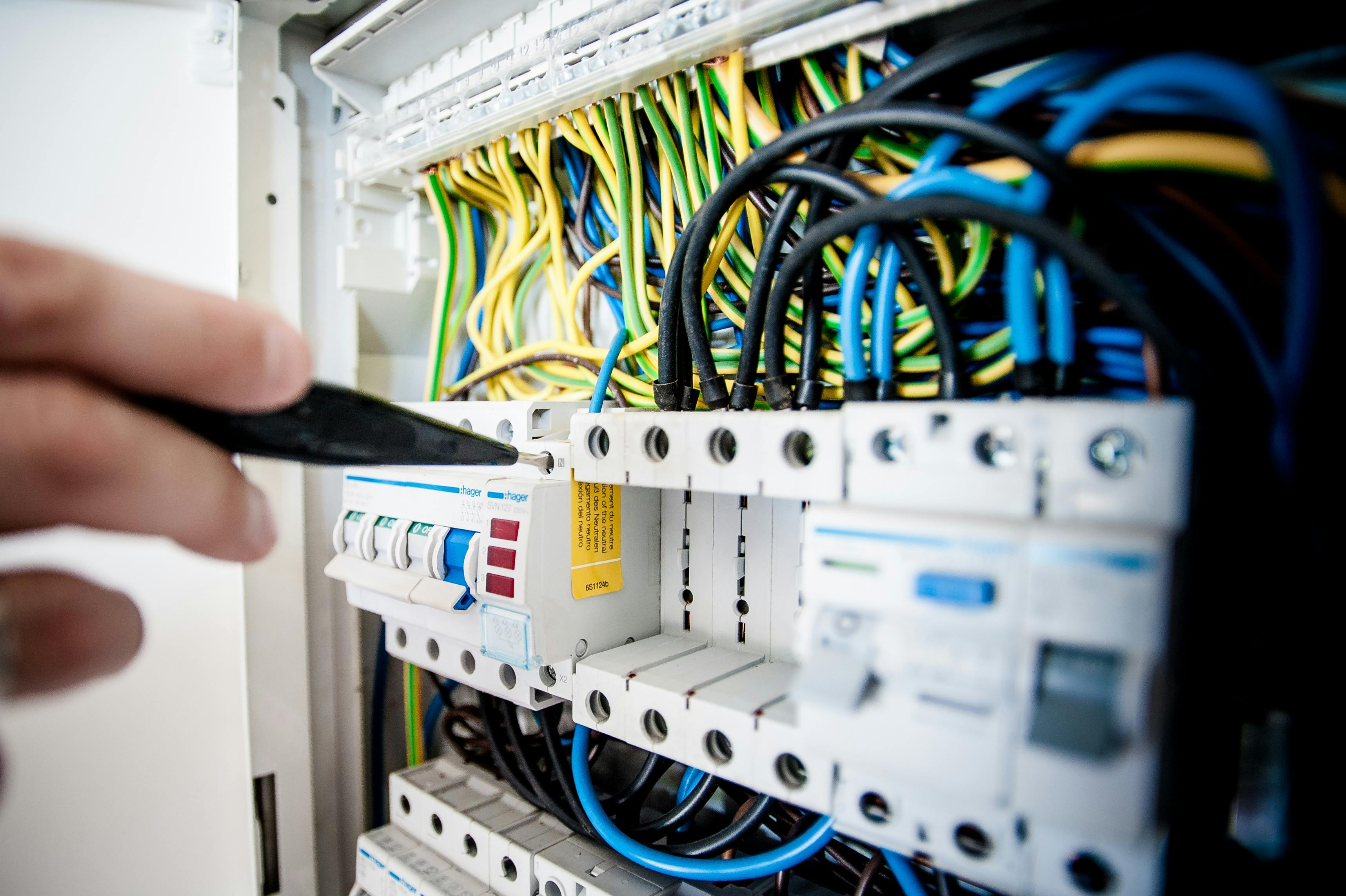Circuit Breaker Panel Financing: A Complete 2025 Guide
Upgrading your electrical panel is more than a modern convenience—it’s often a necessity. With rising energy demands, outdated panels can lead to inefficiency, safety hazards, or code violations. This comprehensive guide explores circuit breaker panel financing, empowering homeowners and property managers with the knowledge to make informed, budget-friendly decisions.

Understanding the Fundamentals
Circuit breaker panel financing refers to loan or credit options available to homeowners seeking to replace or upgrade their electrical panels. As energy consumption grows due to electric vehicles, solar installations, and smart devices, modern breaker boxes have become a foundational component of home infrastructure.
Historically, fuse boxes dominated residential setups, but modern circuit breaker panels offer greater efficiency, safety, and compatibility with today’s technology. Financing these upgrades ensures accessibility to energy solutions without large upfront costs.
1.1 Why Modern Panels Matter
Modern breaker panels support 200 amps or more, which is essential for homes with HVAC systems, EV chargers, or solar battery storage. In contrast, older 60-amp systems often struggle with overloads and may violate local building codes.
Upgrading ensures safety, prevents electrical fires, and boosts property value. According to the National Fire Protection Association (NFPA), electrical faults are a leading cause of residential fires—many due to outdated panels.
1.2 Differences Between Panels and Boxes
Many confuse circuit breaker panels with fuse boxes, but they function differently. Fuses must be replaced after each overload, while breakers simply reset. This makes breaker panels more cost-effective and safer long-term.
Understanding this distinction helps homeowners choose the right equipment when financing an upgrade, especially for older homes.
Practical Implementation Guide
Now that you understand the why, let’s talk about the how. Financing a circuit breaker panel means more than filling out a loan application—it involves preparation, planning, and partnering with the right professionals.

2.1 Actionable Steps
- Evaluate Electrical Needs: Identify current and future power consumption. Include appliances, planned renovations, or solar installations.
- Find Licensed Electricians: Choose certified professionals with experience in panel upgrades. Ask for references and insurance proof.
- Apply for Financing: Options include personal loans, home equity lines of credit (HELOCs), or energy-efficiency grants. Compare APRs, repayment terms, and fees.
2.2 Overcoming Challenges
Common obstacles include unexpected upgrade costs, code compliance issues, and loan approval delays. Address these by:
- Getting multiple electrician quotes
- Confirming permit requirements in your area
- Securing pre-approval for financing
Expert tip: Some utility companies offer rebates or low-interest loans for energy-related upgrades. Check with your local provider before committing.
Advanced Applications
Once you’ve secured financing and completed your panel upgrade, there’s room to take things further. Advanced applications integrate your breaker panel into a smart energy ecosystem or support renewable energy solutions.

3.1 Smart Breaker Panels
Smart panels like those from Span or Leviton offer app-based monitoring, remote control, and energy usage tracking. Case studies show homeowners reduce energy bills by 10–15% with real-time adjustments.
These systems help prioritize critical loads during outages and integrate seamlessly with solar and battery systems.
3.2 Solar + Storage Compatibility
Advanced panels are designed to support bidirectional energy flows, necessary for solar and battery backups. Compatibility with inverters, backup generators, and EV chargers ensures maximum value from your investment.
When financing a panel, consider future-proofing to avoid additional costs down the line.
Future Outlook
The next five years will see major shifts in residential energy management. With federal and state incentives pushing for electrification, the demand for high-capacity, smart-ready breaker panels will surge.
Emerging technologies—like AI-powered load balancing and blockchain energy trading—will soon become mainstream. Preparing today through circuit breaker panel financing ensures readiness for tomorrow’s innovations.
Conclusion
Here are three key takeaways: First, circuit breaker panel upgrades are crucial for modern energy needs. Second, financing options make them accessible to more households. Third, planning ahead ensures both safety and efficiency.
Don’t delay—evaluate your system today and explore your financing options. A safer, smarter, and more energy-efficient home is well within reach.
Frequently Asked Questions
- Q: What is a circuit breaker panel? It’s the central hub that distributes electricity throughout your home and protects circuits from overloads.
- Q: How do I get started with panel financing? Begin by assessing your current electrical setup and contacting lenders who specialize in home upgrades.
- Q: How long does a panel upgrade take? Typically 1-2 days, depending on home size and complexity. Permit approvals may extend the timeline.
- Q: How much does it cost to upgrade a breaker panel? Costs range from $1,500 to $4,000, depending on amperage and additional wiring work.
- Q: Is a breaker panel better than a fuse box? Yes. Breaker panels are safer, easier to maintain, and meet modern code requirements.
- Q: Do I need technical skills to finance or install? No technical knowledge is needed to finance. Installation should always be handled by licensed professionals.
- Q: Can commercial properties benefit too? Absolutely. Businesses with high electrical demands should consider financing options for system upgrades.
